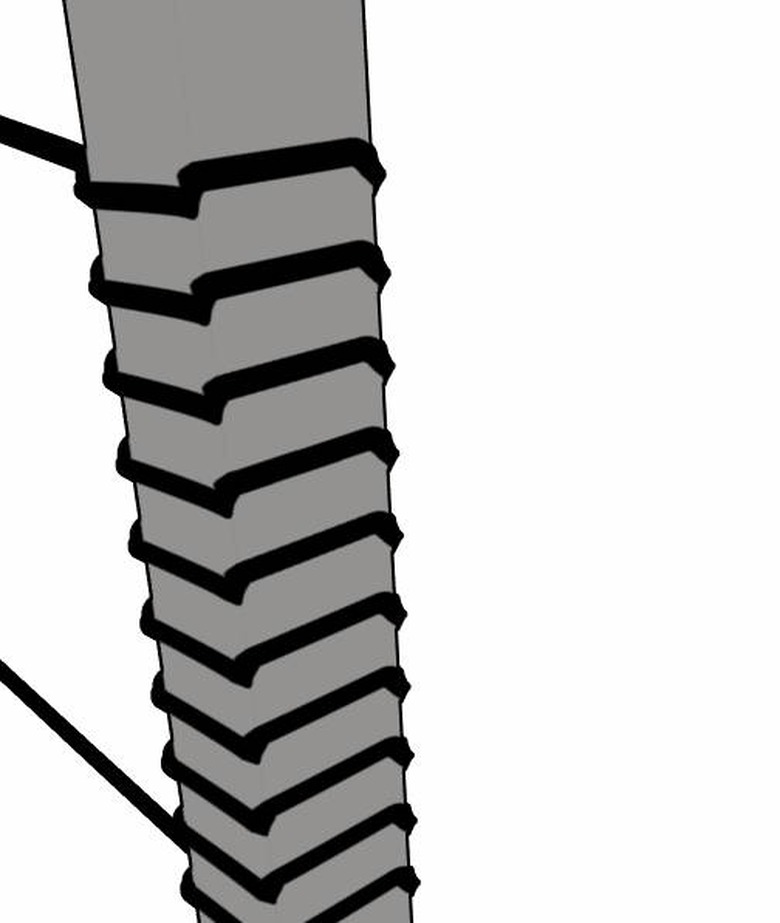How To Make Your Own Battery
Batteries have been made since ancient times. The "Baghdad battery," which dates around 250 B.C.E. to C.E. 250, is believed to be the oldest known use of the battery concept. Since then, more complex batteries have been invented that make use of galvanic cells. These cells involve two electrolyte solutions to immerse the anode and cathode, and a salt bridge.
However, there are many types of batteries that can be made at home using lemons, limes and potatoes. Batteries can also be made using film canisters from a 35 mm camera. The following directions are for a variant of the film canister battery.
Step 1
Poke two holes in the top of the lid, one on each of the lid's sides. These are for the nail and wire. The hole for the wire should be small enough to hold the wire in place when the lid is moved.
Step 2
Wind the wire around a pen or pencil until 3/4 inch is left unwound. Remove the wire and bend the unwound section so that it points upward when the coil is held vertically.
Step 3
Hold the lid upside down and insert the wire into its hole. Flip the lid face up and insert the nail into its hole. Check the spacing between the nail and wire. If they are touching, shift them so that they don't.
Step 4
Fill the cup half-way with vinegar. Fill the cup the rest of the way with water, leaving room 1/8 inch from the top.
Step 5
Place the lid onto the cup. Take two leaders and attach one to the nail and the other to the wire.
Things Needed
- Copper wire, 18 inches
- Zinc galvanized nail
- White vinegar
- Pen or pencil
- Water
- Two leads
- Yogurt cup and lid, single serving
TL;DR (Too Long; Didn't Read)
To test the battery's voltage, use an multimeter. You can make a stronger voltage by connecting several yogurt cup cells together. This is done by taking a leader and connecting one yogurt cup's wire to another yogurt cup's nail. The remaining nail and wire receive their own leaders; these leaders can be connected to the negative and positive sections of a low-voltage device such as an LED light.
Cite This Article
MLA
Reinbold, Joan. "How To Make Your Own Battery" sciencing.com, https://www.sciencing.com/make-battery-4423468/. 24 April 2017.
APA
Reinbold, Joan. (2017, April 24). How To Make Your Own Battery. sciencing.com. Retrieved from https://www.sciencing.com/make-battery-4423468/
Chicago
Reinbold, Joan. How To Make Your Own Battery last modified March 24, 2022. https://www.sciencing.com/make-battery-4423468/
